Yang Zhenning passes away
The pride of my alma mater and hometown
Yang Zhenning, or Chen-Ning Yang, one of the world’s most renowned physicists and a Nobel Prize winner, died at 103 of illness in Beijing today/Saturday, October 18, 2025.
Yang was born in Hefei, Anhui Province, and for some time attended Luzhou Middle School, a predecessor to Hefei No.1 High School, during the Japanese invasion of China during the Second World War.
The Nobel Prize Committee in 1957 recognized Yang and fellow physicist Tsung-Dao Lee, both of whom were born in China and later became naturalized US citizens. (Yang renounced his U.S. citizenship in 2015.)
It’s difficult to find Yang’s public comments in recent years on the increasing rivalry between Washington and Beijing and the impact on scientific cooperation, but Yang’s speech at the Nobel Banquet in Stockholm half a century ago is worth revisiting
Chen Ning Yang’s speech at the Nobel Banquet in Stockholm, December 10, 1957
Your Majesties, Your Royal Highnesses, Ladies and Gentlemen:
First of all allow me to thank the Nobel Foundation and the Swedish Academy of Sciences for the kind hospitality that Mrs. Yang and I have so much enjoyed. I also wish to thank especially Professor Karlgren for his quotation and his passage in Chinese, to hear which is to warm my heart.
The institution of the awarding of Nobel prizes started in the year 1901. In that same year another momentous event took place of great historical importance. It was, incidentally, to have a decisive influence on the course of my personal life and was to be instrumental in relation to my present participation in the Nobel festival of 1957. With your kind indulgence I shall take a few minutes to go a little bit into this matter.
In the latter half of the last century the impact of the expanding influence of Western culture and economic system brought about in China a severe conflict. The question was heatedly debated of how much Western culture should be brought into China. However, before a resolution was reached reasons gave way to emotions, and there arose in the eighteen nineties groups of people called I Ho Tuan in Chinese, or Boxers in English who claimed to be able to withstand in bare flesh attack of modern weapons. Their stupid and ignorant action against the Westerners in China brought in 1900 the armies of many European countries and of the U.S. into Peking. The incident is called the Boxer War and was characterized on both sides by barbarous killings and shameful lootings. In the final analysis, the incident is seen as originating from an emotional expression of the frustration and anger of the proud people of China who had been subject to ever increasing oppression from without and decadent corruption from within. It is also seen in history as settling, once and for all, the debate as to how much Western culture should be introduced into China.
The war ended in 1901 when a treaty was signed. Among other things the treaty stipulated that China was to pay the powers the sum of approximately 500 million ounces of silver, a staggering amount in those days. About ten years later, in a typically American gesture, the U.S. decided to return to China her share of the sum. The money was used to set up a Fund which financed a University, the Tsinghua University, and a fellowship program for students to study in the U.S. I was a direct beneficiary of both of these two projects. I grew up in the secluded and academically inclined atmosphere of the campus of this University where my father was a professor and enjoyed a tranquil childhood that was unfortunately denied most of the Chinese of my generation. I was later to receive an excellent first two years’ graduate education in the same University and then again was able to pursue my studies in the U.S. on a fellowship from the aforementioned fund.
As I stand here today and tell you about these, I am heavy with an awareness of the fact that I am in more than one sense a product of both the Chinese and Western cultures, in harmony and in conflict. I should like to say that I am as proud of my Chinese heritage and background as I am devoted to modern science, a part of human civilization of Western origin, to which I have dedicated and I shall continue to dedicate my work.
At a time when China–U.S. relations are undergoing profound turbulence, and when bilateral exchanges in science, education, and talent have come under unprecedented strain, a gesture of goodwill could carry unusual weight. It is my personal view that if the U.S. government — or even the U.S. Mission in China, now headed by Ambassador David Perdue, who is regarded in Beijing as an effective and well-respected diplomat — were to issue a brief but thoughtful statement, it could help restore a measure of much-needed goodwill between the two nations at this pivotal moment.
Yes, Yang Zhenning was born and raised in China, pursued graduate education in the United States, and achieved groundbreaking scientific success there. He later played a crucial role in fostering exchanges of talent and scientific cooperation between the two countries, before renouncing his U.S. citizenship in 2015. He devoted himself to education and the cultivation of young scientists. In today’s political climate in Washington, such a complex and intertwined life story may make officials hesitant to speak.
Yet the legend has passed, and the past belongs to history. To honor Yang Zhenning’s extraordinary life across the Pacific Ocean would not be to take sides, but to rise above politics — to acknowledge a shared human legacy of curiosity, intellect, and connection. At times like this, a leader rises to the occasion.
Around 2016, a significant debate emerged within China’s scientific community over whether the country should build a super large particle collider—formally known as the Circular Electron–Positron Collider (CEPC). Proposed by the Institute of High Energy Physics (IHEP) under the Chinese Academy of Sciences, the project was envisioned as the world’s next-generation collider to follow CERN’s Large Hadron Collider (LHC). The CEPC was designed to be about 100 kilometers in circumference, several times larger than the LHC, with an estimated cost exceeding 20 billion U.S. dollars. Proponents argued that China, having become the world’s second-largest economy, was ready to lead frontier research in fundamental physics, attract top global talent, and cement its position in cutting-edge science.
However, prominent physicists—including Yang—publicly opposed the idea. In a detailed open letter, Yang warned that the collider would be a “bottomless pit” financially, citing the United States’ failed Superconducting Super Collider project of the 1990s as a cautionary tale. He argued that China still faced pressing challenges in areas like education, healthcare, and environmental protection, and that diverting vast resources to such a costly endeavor was premature. He also noted that the search for new particles such as supersymmetric partners, a key justification for the collider, was speculative and lacked experimental evidence after decades of global efforts.
The controversy reflected a broader tension between scientific ambition and national priorities. Supporters saw the CEPC as a historic opportunity for China to lead a global “big science” project and inspire future generations. Critics viewed it as an imprudent investment in a field with uncertain returns, both scientific and societal. Ultimately, while the project remained under study and attracted international attention, China did not proceed immediately with construction. The debate crystallized a maturing national conversation: whether China’s growing resources should prioritize fundamental discovery or applied, socially urgent research—a question that continues to shape its science policy today.
Via The Paper, a Shanghai-based media outlet, Yang said
杨振宁:中国今天不宜建造超大对撞机,这是个无底洞
Yang Zhenning: China Should Not Build a Super Large Collider Today — It Would Be a Bottomless Pit
I am by no means opposed to the continued development of high-energy physics. What I oppose is China beginning construction of a super large collider today, for the following reasons:
(1) The United States had a painful experience building a large collider. In 1989, the U.S. began constructing what was then the world’s largest collider. The initial budget was estimated at 3 billion U.S. dollars, but it was later increased multiple times, reaching 8 billion dollars. This provoked widespread opposition, and in 1992 Congress painfully decided to terminate the project, wasting about 3 billion dollars. This experience led to a general belief that building a large collider is a bottomless pit.
The world’s largest collider today is the LHC at CERN. In 2012, 6,000 physicists used it to discover the Higgs boson, a major contribution to particle physics that confirmed the Standard Model. The LHC took many years to build, and the total cost, including the detectors and related facilities, amounted to no less than 10 billion dollars. The proposed super collider by the Institute of High Energy Physics would require a budget of no less than 20 billion dollars.
(2) The Institute of High Energy Physics proposes building the super collider in China, with costs shared by many countries. However, China’s share would inevitably be substantial. The world marvels that China’s GDP has risen to the second-largest in the world. Yet China remains a developing country, with per capita GDP still lower than that of Brazil, Mexico, or Malaysia. Hundreds of millions of farmers and migrant workers still exist, and the nation faces urgent problems in environmental protection, education, healthcare, and others. Building such an enormously expensive collider would not help solve these pressing issues. I believe it is inappropriate to consider such a project at present.
(3) Constructing a super collider would inevitably squeeze funding from other basic sciences, including life sciences, condensed matter physics, astrophysics, and so on.
(4) Why, then, are many high-energy physicists strongly in favor of building a super collider? The reasons are as follows:
A. High-energy physics emerged after World War II and, over the past seventy years, has achieved great success by confirming the Standard Model and deepening humanity’s understanding of three of the four fundamental forces of nature. However, two major problems remain unsolved:
(a) We still face fundamental difficulties in gaining a deeper understanding of the fourth fundamental force — gravity.
(b) We still do not understand how to unify force and mass.
Naturally, the desire to solve these two problems is shared by all physicists.
B. Some high-energy physicists hope that a super collider could discover supersymmetric particles, thereby pointing the way toward solving these two great mysteries.
However, the search for supersymmetric particles has gone on for many years, without any success. Today’s hope of finding such particles using a super collider is merely a speculative hypothesis held by some high-energy physicists. Most physicists, myself included, believe that the existence of supersymmetric particles is only a conjecture with no experimental basis. Hoping to discover these hypothetical particles through an even larger collider is a speculation built upon speculation.
(5) Have the major achievements of high-energy physics over the past seventy years brought tangible benefits to human life? The answer is no. Even if the proposed super collider were built and managed to push high-energy physics another step forward, would it bring real benefits to humanity? I believe that in the short or medium term — in thirty or even fifty years — it would not, and I know that the vast majority of physicists agree with me.
(6) It has been more than thirty years since the Institute of High Energy Physics was established in China. How should we assess its accomplishments? Among the world’s leading high-energy physicists today, Chinese scientists make up less than one or two percent. The design, construction, operation, and data analysis of a super collider would inevitably be led and dominated by 90 percent non-Chinese. If a Nobel Prize were to result, would the laureate be Chinese?
(7) If the super collider is not built, does that mean high-energy physics has no future? Not at all. I believe there are at least two worthwhile directions to explore:
A. Seeking new principles of particle acceleration.
B. Exploring beautiful geometric structures, such as those studied in string theory.
Both directions are far less costly and are consistent with the overall trend of global economic development today.
Xinhua News Agency, the state news agency, in an unusual fashion, published the following tribute to Yang Zhenning, the category of articles that is typically reserved only for top Chinese leaders.
杨振宁先生生平
The Life of Mr. Yang Zhenning
via Xinhua News Agency on Saturday, October 18, 2025
Yang Zhenning, a world-renowned physicist, Nobel laureate in physics, academician of the Chinese Academy of Sciences, professor of Tsinghua University, and honorary director of the Institute for Advanced Study at Tsinghua University, was born on October 1, 1922, in Hefei, Anhui Province. In 1929, his father, Mr. Yang Wuzhi, was appointed professor in the Department of Mathematics at Tsinghua University. He followed his parents to Tsinghua, first attending Chengzhi School inside the Tsinghua Garden, and later Beijing Chongde Middle School, spending eight years of his youth in Tsinghua Garden.
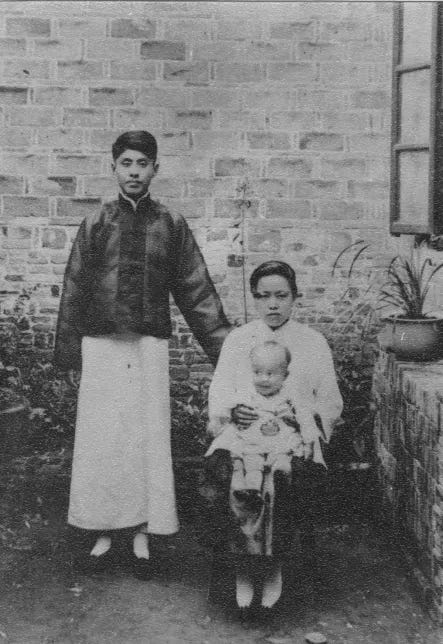
In 1937, after the outbreak of the July 7th Incident, Yang returned to Hefei and attended the second year of high school at Luzhou Middle School. Early the next year, after many hardships, his family arrived in Kunming, where Yang entered Kunhua Middle School. In the autumn of that same year, he was admitted to the National Southwest Associated University. In 1942, under the guidance of Professor Wu Ta-You, Yang completed his graduation thesis titled Group Theory and the Vibrations of Polyatomic Molecules and graduated with excellent results from the Department of Physics of the National Southwest Associated University. He then entered the Tsinghua University Graduate School to study under Professor Wang Zhuxi. In 1944, he obtained his Master of Science degree from Tsinghua University with the thesis A Statistical Theory of Superlattices.
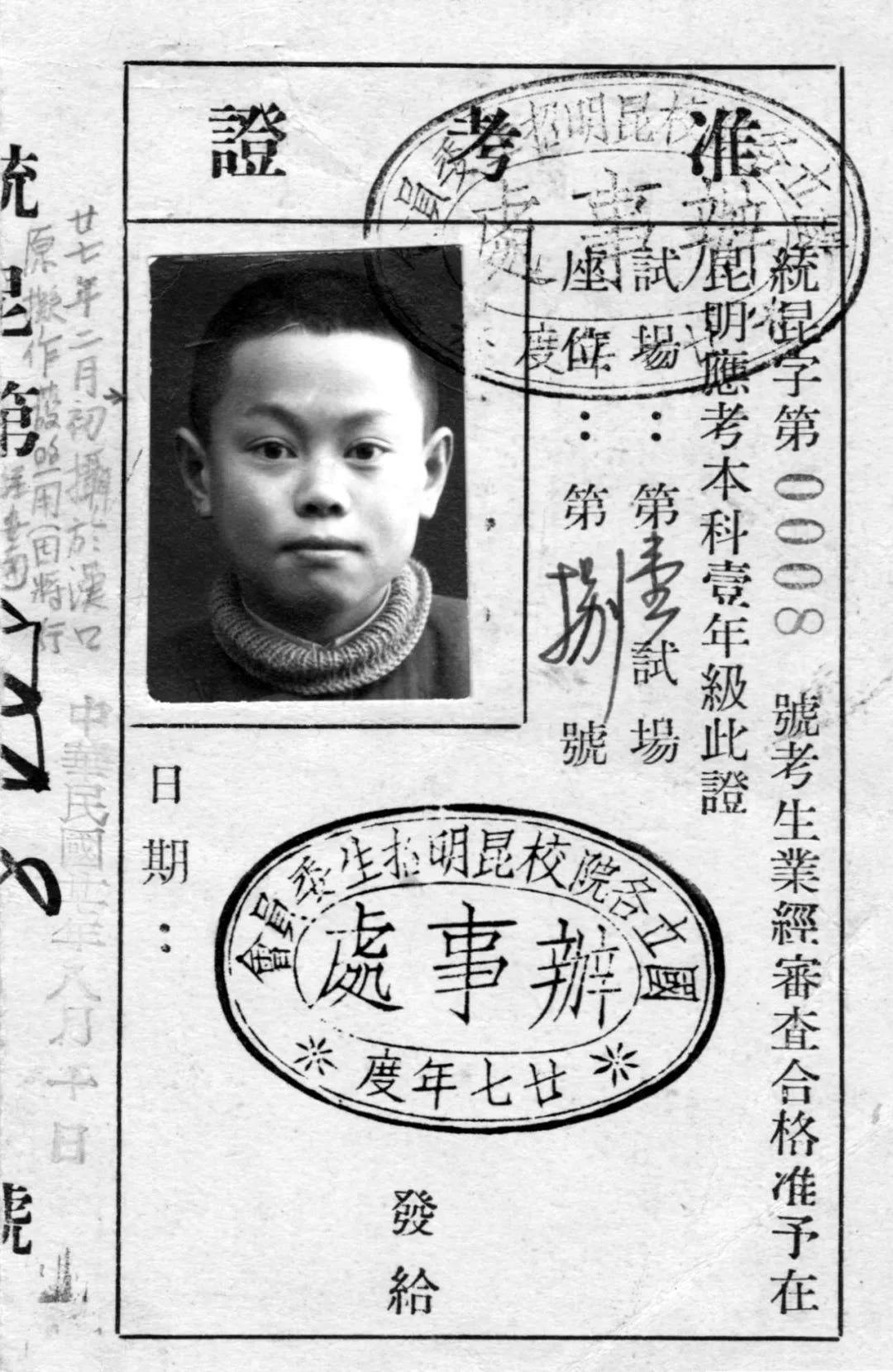
In 1945, as one of the sixth group of Tsinghua University’s government-sponsored students to study in the United States, Yang went to the University of Chicago. In 1948, he obtained his Ph.D. from the University of Chicago with the dissertation On Angular Distribution in Nuclear Reactions and Coincidence Measurements, under the supervision of Professor Edward Teller. After graduation, he worked at the University of Chicago. During this period, Yang was closely associated with the great physicist Enrico Fermi, who exerted a profound influence on him. In 1949, on the recommendation of Fermi and Teller, Yang joined the Institute for Advanced Study at Princeton as a research fellow, thus beginning his brilliant academic career. In 1952 he became a permanent member, and in 1955 he was appointed professor.
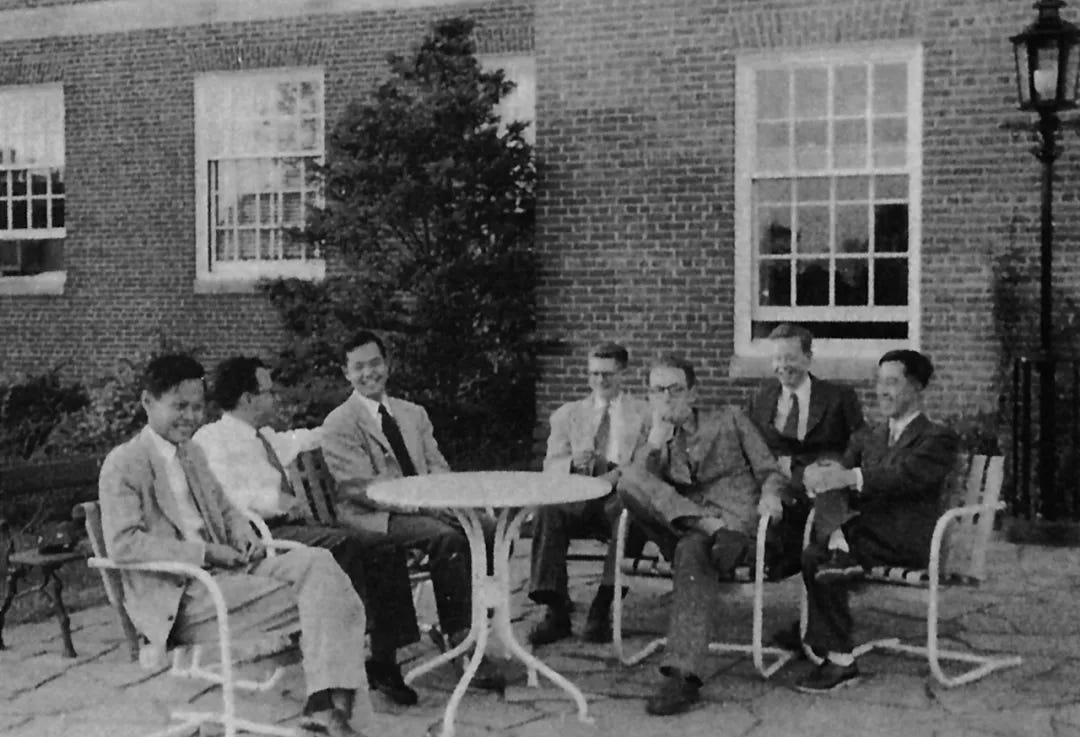
As early as his graduate studies at the University of Chicago, Yang began to think about extending the concept of gauge invariance in electromagnetism to provide a unified description of the numerous fundamental particles being discovered. In 1954, Yang and Robert Mills proposed the theory of “non-Abelian gauge fields,” later known as the “Yang–Mills gauge theory.” This theory was considered the most important development in gauge field theory since Maxwell’s electromagnetic theory and laid the foundation for the Standard Model of particle physics, which later unified weak, strong, and electromagnetic interactions. The basic idea that “symmetry governs interaction” emerged from it. The Yang–Mills gauge theory is regarded as one of the cornerstones of modern physics, comparable to Maxwell’s equations and Einstein’s general relativity, and has profoundly influenced the development of modern mathematics.
In 1956, Yang and Tsung-Dao Lee jointly published a paper proposing that parity might not be conserved in weak interactions, and they outlined a possible experimental verification. This revolutionary idea was soon confirmed by the experiments of Chien-Shiung Wu and others. For “their penetrating investigation of the so-called parity laws and the important discoveries resulting therefrom in the field of elementary particles,” Yang and Lee were jointly awarded the Nobel Prize in Physics in 1957, becoming the first Chinese Nobel laureates.
In 1966, Yang left the Institute for Advanced Study at Princeton and became Einstein Professor at the State University of New York at Stony Brook. There, he founded the Institute for Theoretical Physics (now named the C.N. Yang Institute for Theoretical Physics), served as its first director, and worked there until 1999. In 1967, Yang discovered a key equation in one-dimensional quantum many-body problems. The equation shared the same fundamental mathematical structure as one later proposed by Baxter in 1972 and came to be known as the “Yang–Baxter equation.” It opened new directions in the study of statistical physics and low-dimensional quantum theory, and led to the birth of a new mathematical field — quantum groups.
Although Yang lived overseas for many years, he always kept his motherland in his heart. In 1971, when there were early signs of thaw in China–U.S. relations, he wrote to his father expressing his wish to visit China. After his father reported this to the State Council and received approval, Yang returned to China in July and was warmly received by Party and state leaders. He also reunited with his close friend Deng Jiaxian, and upon learning from Deng that China’s atomic bomb had been developed independently, he was moved to tears. After returning to the United States, Yang delivered lectures at many universities, arousing great interest and inspiring a wave of visits to China among overseas Chinese scholars. He became known as the first person to build a bridge for China–U.S. academic exchanges. In 1972, he visited China again and proposed to Premier Zhou Enlai that China should pay attention to basic scientific research. Premier Zhou took his suggestion very seriously, and it played an important role in the recovery and strengthening of basic research in China. In 1977, to promote the normalization of China–U.S. relations, he organized and became president of the Association of Chinese Physicists in America. On January 30, 1979, he presided over and delivered a speech at a banquet in Washington welcoming Deng Xiaoping, pointing out that the establishment of diplomatic relations between China and the United States was in the interests of both peoples. He emphasized that there is only one China and called on overseas Chinese to contribute to the great cause of national reunification.
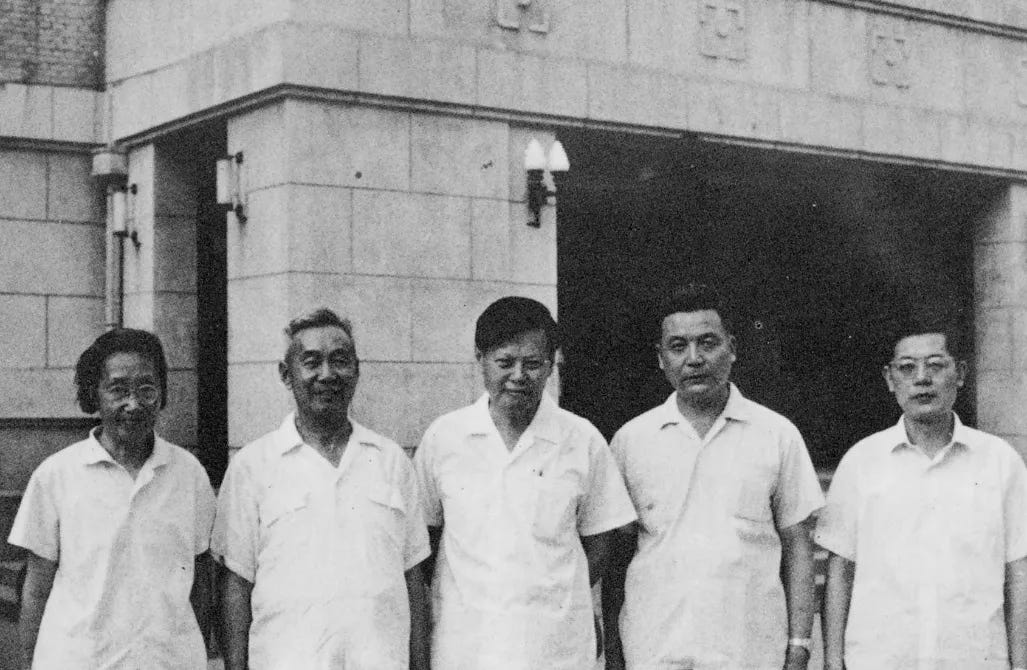
In the following decades, Yang made extensive contributions to promoting scientific exchanges and progress in China. From the perspective of national development, he made key suggestions regarding major scientific projects and science and education policies. In 1980, Yang established the “Committee on Education Exchange with China” at Stony Brook University, raising funds from the United States and Hong Kong to support Chinese scholars to pursue advanced studies in the United States. Over a decade, nearly a hundred scholars received such support and later became important backbones of China’s scientific development. In 1982, he wrote to central leaders offering opinions and suggestions on China’s strategic scientific issues and directions for development. Beginning in the 1980s, he helped establish research institutions in basic sciences such as theoretical physics at universities including Sun Yat-sen University and Nankai University. In 1986, he was invited to serve as Bo Wen Professor at the Chinese University of Hong Kong and thereafter frequently visited Hong Kong, exerting a profound influence on the development of science there. In 1989, he became the first president of the Association of Asia Pacific Physical Societies, which later established the “C.N. Yang Awards” to honor young scholars. In 1992, he helped to found the Qiu Shi Science Fund and the Ho Leung Ho Lee Foundation. From 1997 to 2005, he wrote multiple letters to China’s top leaders urging the immediate development of free-electron lasers, making a historic contribution to the construction of such facilities in China. In 2002, he was invited to help establish the Shaw Prize and served as chairman of its General Selection Committee. In 2018, he also became a co-founder of the Science Exploration Prize.
In 1997, Tsinghua University established the Center for Advanced Study, with Yang as honorary director, and in 2009 it was renamed the Institute for Advanced Study. Yang became a professor at Tsinghua University in 1999 and personally raised funds to establish the Tsinghua University Advanced Study Center Foundation to support talent recruitment and discipline development. After returning to Tsinghua, Yang devoted himself to developing the Institute for Advanced Study as his new career. He led by example, continuing to teach and conduct research in his eighties, personally training young physicists. He taught “General Physics” to first-year students and dedicated immense effort to promoting the development of basic disciplines such as cold atom physics, condensed matter physics, and cryptography, making outstanding contributions to talent cultivation and exerting an important influence on the reform and development of higher education in China.
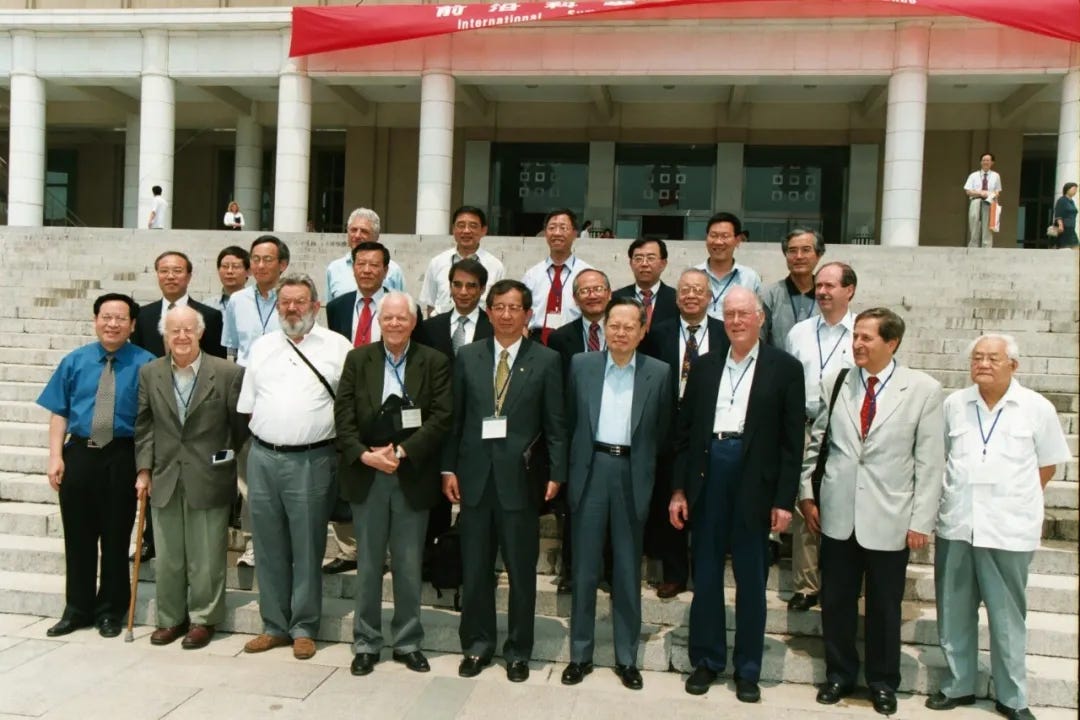
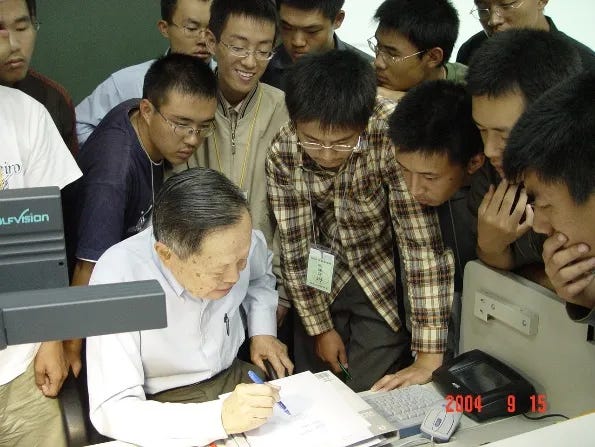
In 2015, Yang renounced his U.S. citizenship and became a full member of the Chinese Academy of Sciences instead of a foreign academician. In May 2021, he donated more than 2,000 books, manuscripts, videos, and artworks from his personal collection to Tsinghua University, which established the “Yang Zhenning Archive Room” in its library. On September 22, 2021, Tsinghua University held the “Symposium on the Academic Thought of Professor Yang Zhenning,” at which Yang delivered a speech titled “May We Live Long and Walk Together Across a Thousand Miles,” recalling his 1971 visit to China and his deep friendship with Deng Jiaxian.
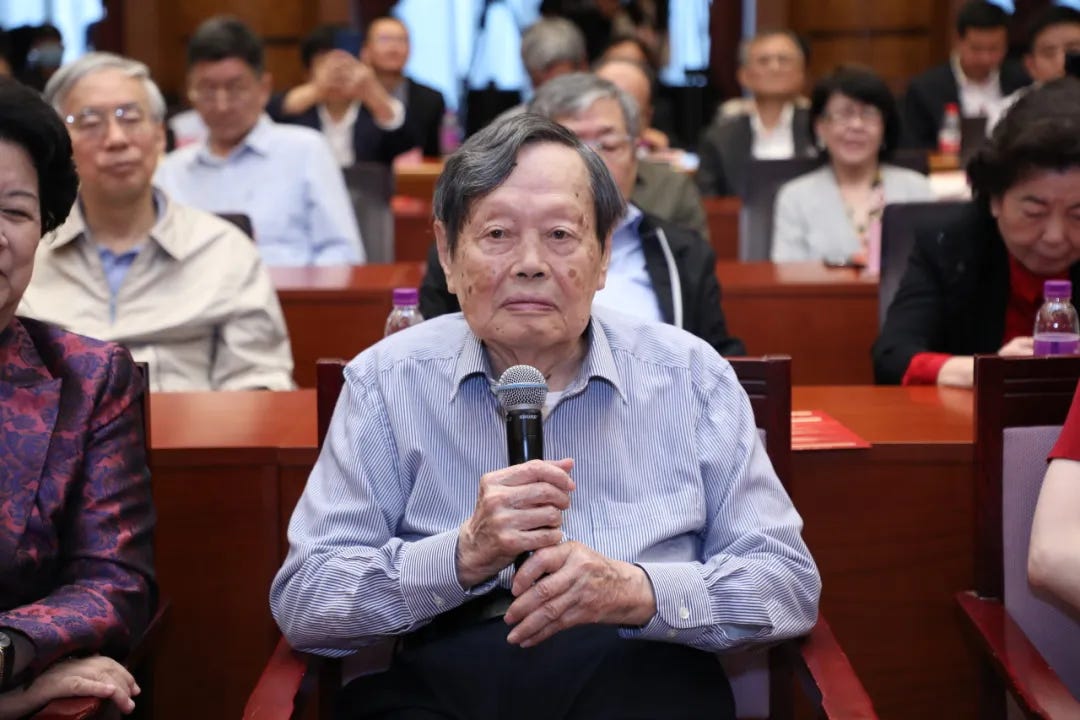
Yang Zhenning was one of the greatest physicists of the twentieth century and made outstanding contributions to the development of modern physics. His academic achievements, represented by the Yang–Mills gauge theory, the discovery of parity nonconservation in weak interactions, and the Yang–Baxter equation, are brilliant milestones in the temple of human science. His accomplishments in particle physics, field theory, statistical physics, and condensed matter physics have had a far-reaching impact on these fields. He was a foreign or honorary member of more than ten academies of sciences, including the U.S. National Academy of Sciences, the American Academy of Arts and Sciences, the Russian Academy of Sciences, the Royal Society of London, and the Japan Academy, and received honorary doctorates from more than twenty renowned universities at home and abroad. In addition to the Nobel Prize, he received many other honors, including the Rumford Prize, the U.S. National Medal of Science, the Franklin Medal, the Bower Award for Scientific Achievement, the Einstein Medal, the Bogoliubov Prize, the Onsager Medal, the King Faisal International Prize for Science, the China International Science and Technology Cooperation Award, and the Qiu Shi Lifetime Achievement Award. In 1997, asteroid No. 3421, discovered by the Purple Mountain Observatory of the Chinese Academy of Sciences, was officially named “Yang Zhenning Star.”
Yang Zhenning’s life spanned two centuries and bridged Eastern and Western cultures. It was an immortal legend of exploring the unknown and an eternal echo of love for his country. “Better to be simple than ornate, better to be sincere than clever” was both his academic creed and his philosophy of life. He likened his life to a circle — beginning from Tsinghua Garden, traversing the world stage, and finally returning to his homeland. As expressed in his favorite verse by Du Fu, 文章千古事,得失寸心知 “Writing endures through the ages; only the writer knows its worth and loss,” Yang Zhenning’s century-long life is a radiant chapter among the shining stars of humanity.
May Professor Yang Zhenning’s legacy live forever. (Enditem)


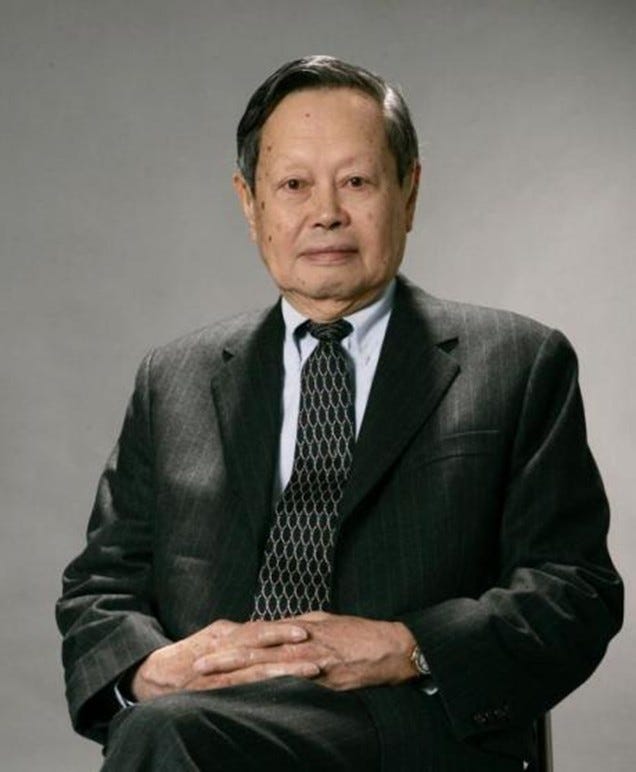
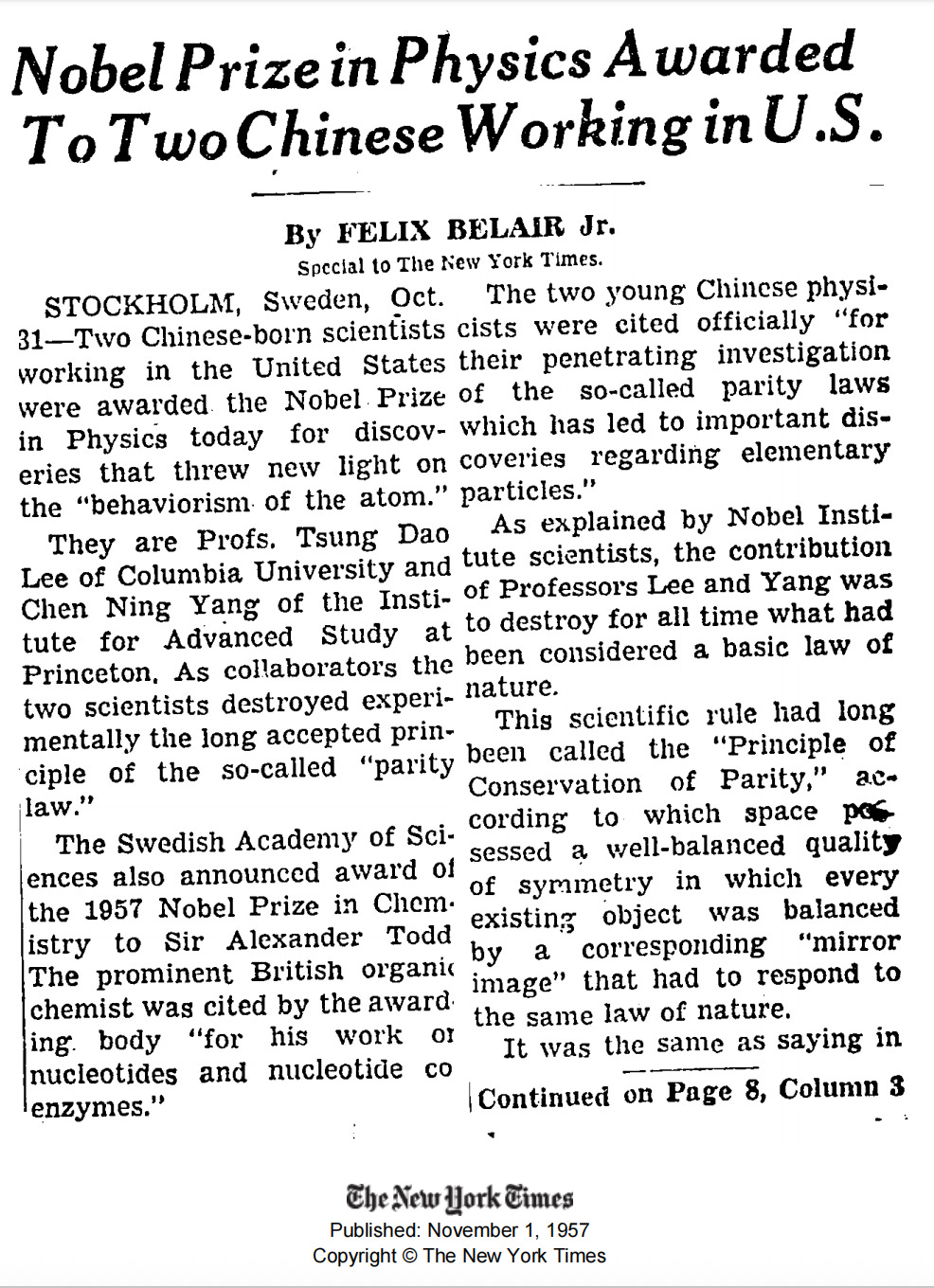
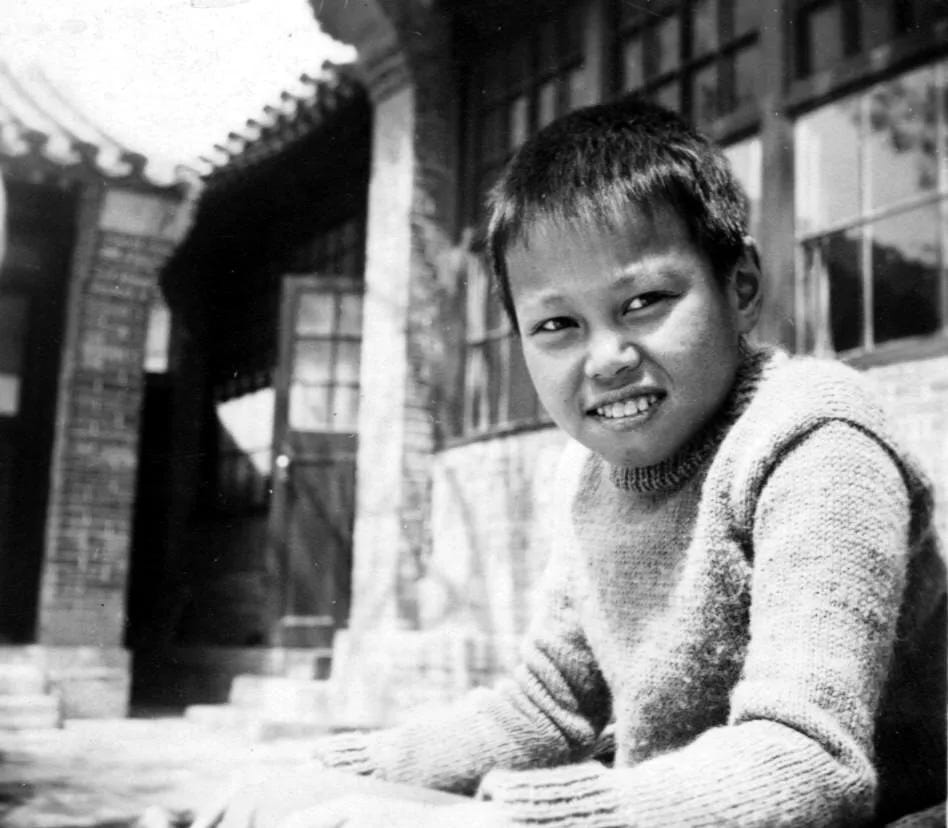
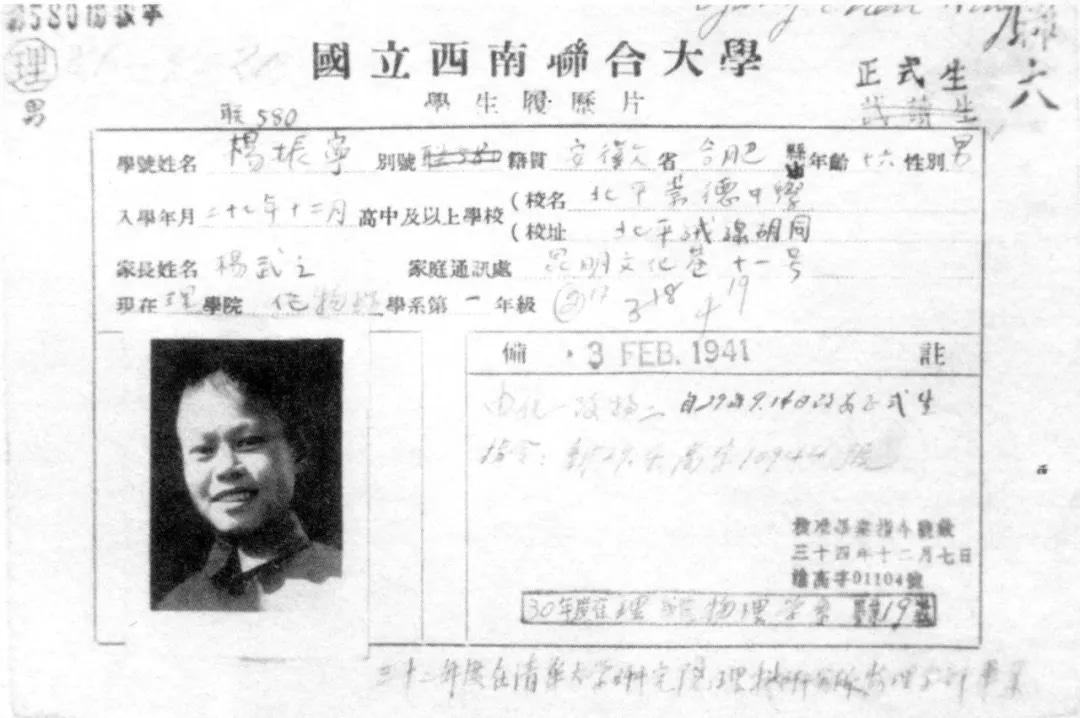
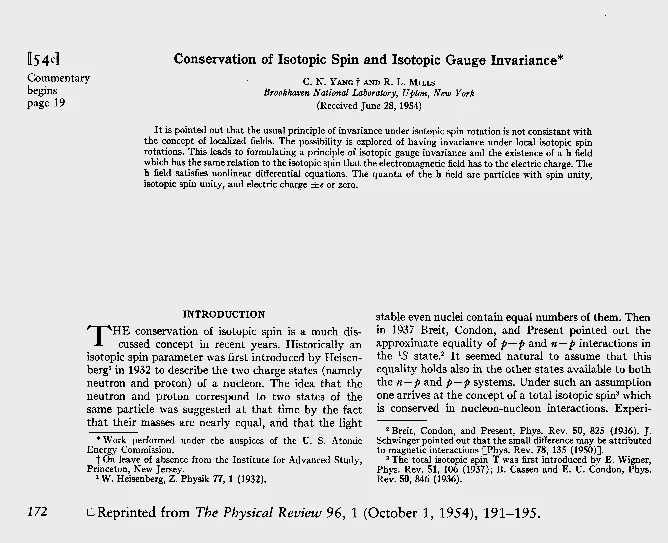
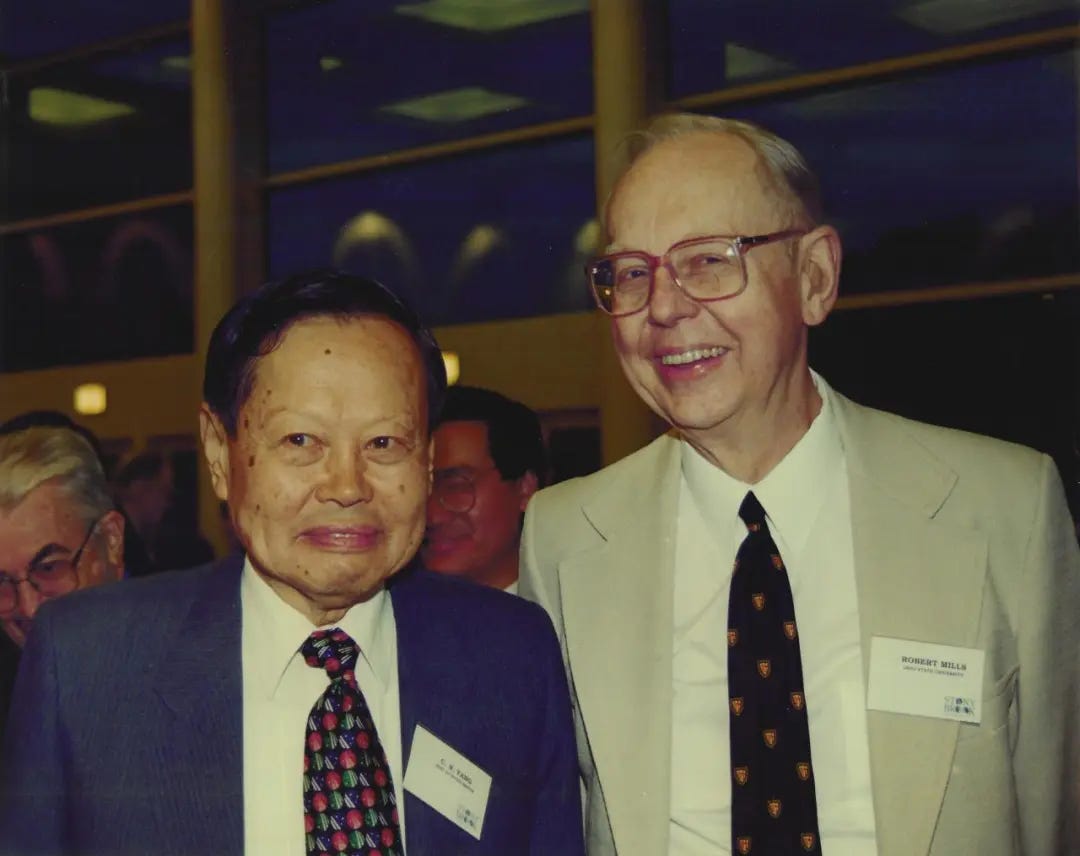
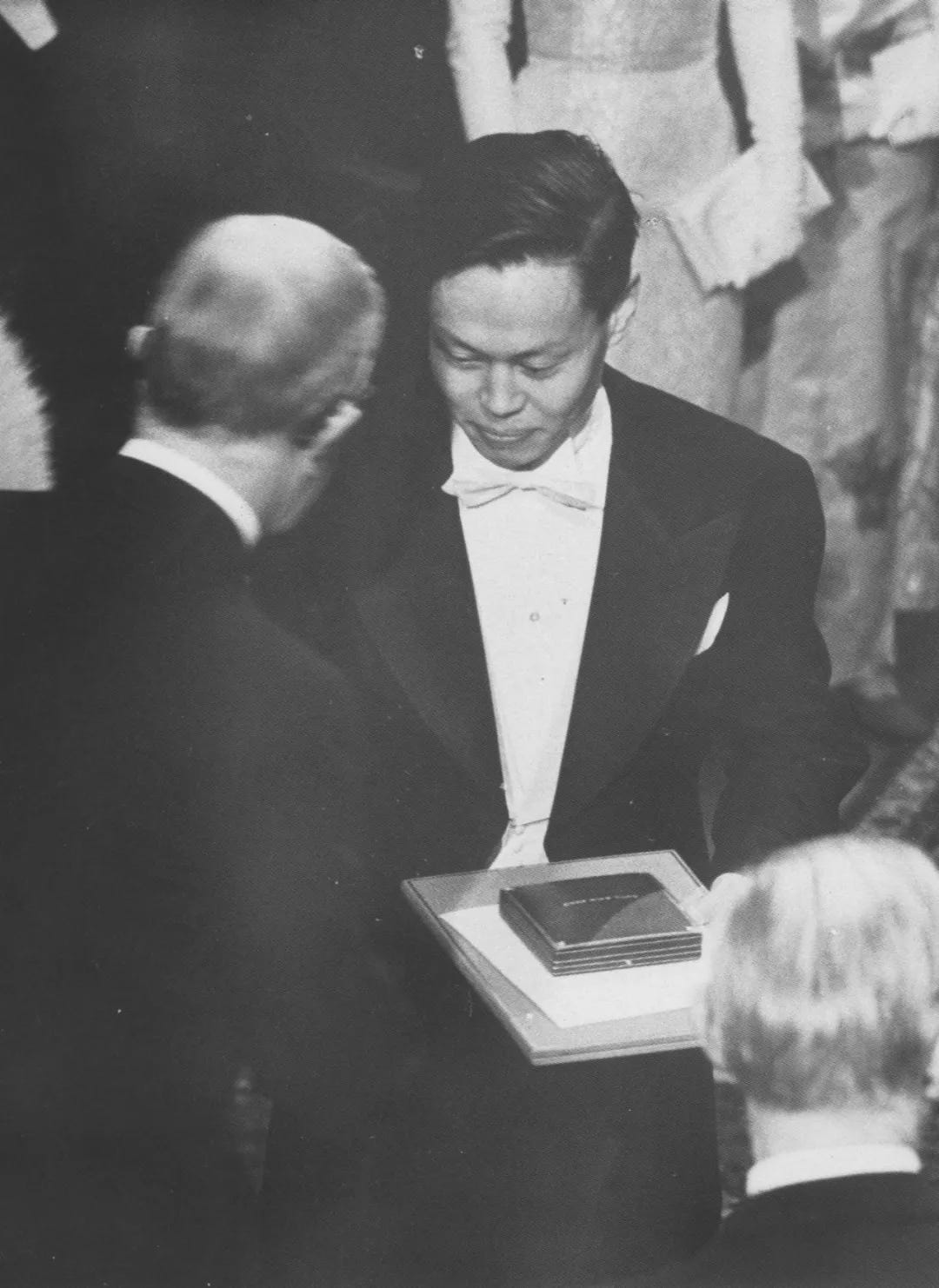
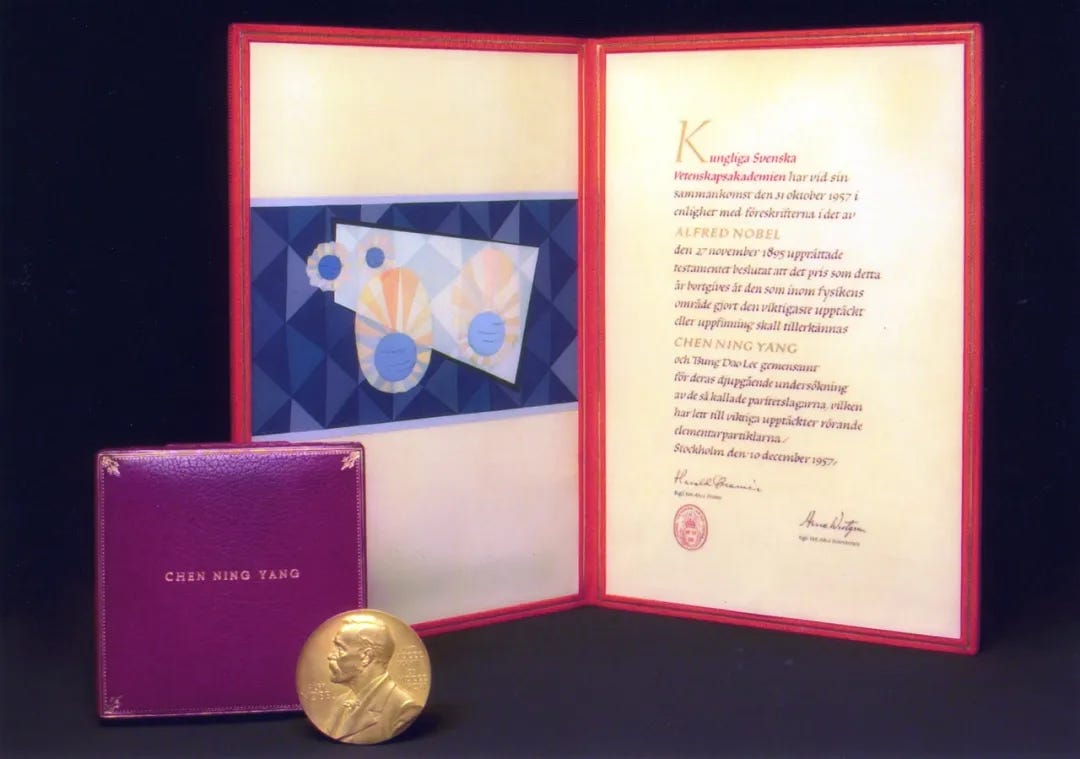
As a former physicist, I’d admired him for decades. In 2017, at a Spanish restaurant in Sanlitun, our tables were adjacent, and I told him so. One of the greatest
Thanks for the obituary, did not know much about Professor Yang.